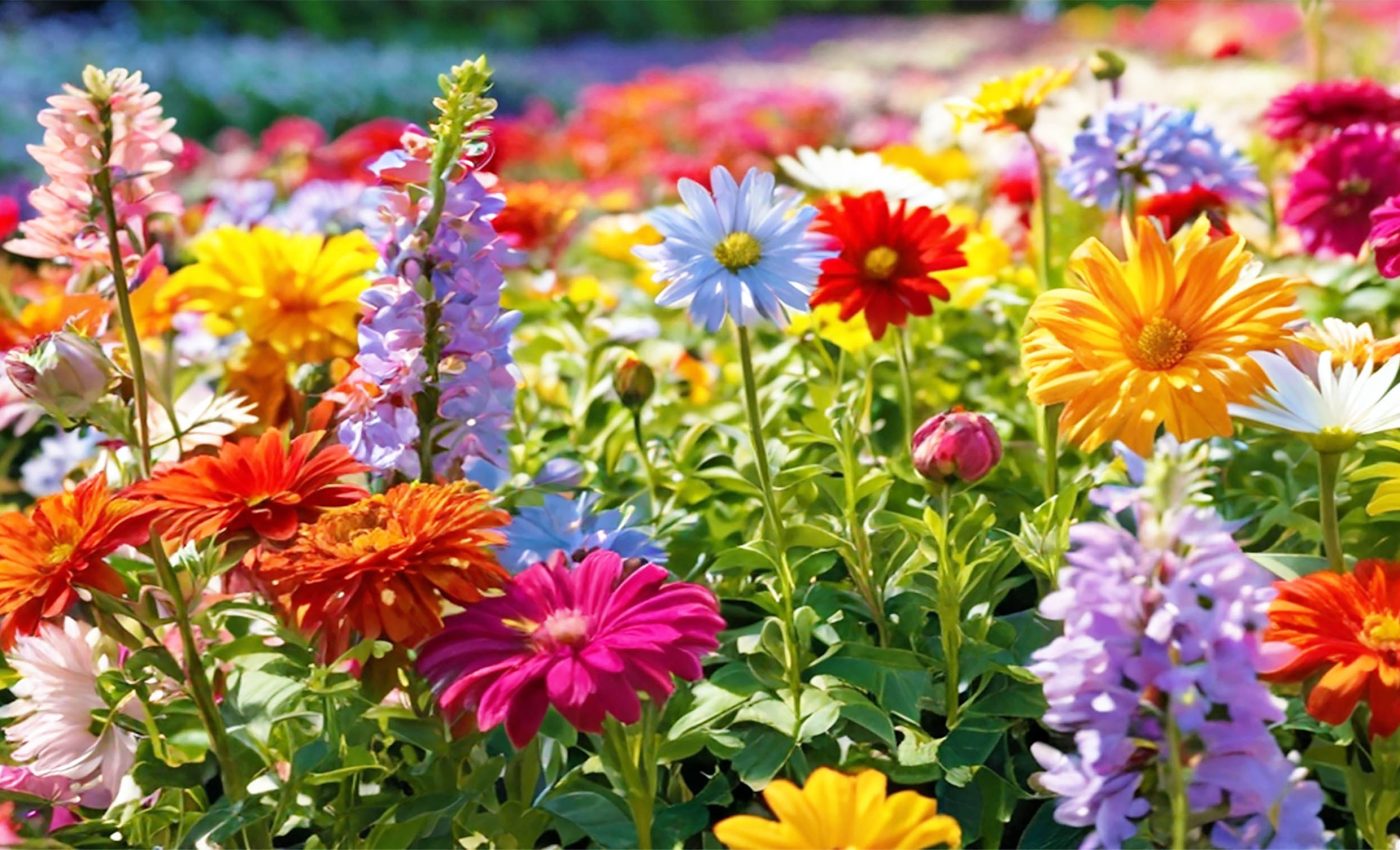
Diverse flower scents attract more insects and fewer bacteria
A new field study of wild alpine flowers finds that blooms with more chemically diverse scents attract more kinds of insect visitors while hosting fewer kinds of bacteria.
Researchers tracked 39 plant species in high meadows of Austria. The result points to scent chemistry tugging two living worlds in opposite directions.
Why flower scent matters
Lead author Maximilian Hanusch from the Department of Biology at Marburg University in Germany, led the analysis with collaborators in Salzburg and Munich. The team focused on natural scent blends rather than single ingredients.
Flowers release volatile organic compounds (VOCs), chemicals that evaporate into air and carry scent. Microbes on and in flowers can shift pollination and plant fitness, as outlined in a recent review.
Here the key trait is chemodiversity, the mix and balance of different scent chemicals. Higher chemodiversity means a richer, more even blend of structurally varied molecules.
“Our results reveal that high floral scent chemodiversity is associated with increased flower visitor richness but reduced bacterial richness on flowers,” wrote Hanusch.
Understanding chemodiversity – the basics
Chemodiversity refers to the vast variety of chemical compounds that exist in nature.
Every plant, animal, fungus, and microorganism produces different molecules – like pigments, toxins, and scents – that help them survive and interact with their environment.
For example, plants make thousands of unique chemicals to attract pollinators, deter herbivores, or fight off diseases.
This chemical richness is like nature’s library of molecules, filled with potential medicines, flavors, and materials that humans can study and use.
Scientists study chemodiversity to understand how life evolved and adapted over time.
By comparing the chemicals made by different organisms, researchers can uncover clues about their relationships and survival strategies.
Testing different flower scents
The researchers paired scent measurements with field observations of insects contacting the blooms. They tallied visitors across species and sites to capture variation in real landscapes.
They also sampled bacteria living on floral tissues and identified them using DNA sequencing. That gave a comparable picture of who was there on petals and other flower parts.
Crucially, the analysis treated scent as a functional trait, not just a list of ingredients. The goal was to see whether chemical diversity better explained patterns than obvious shape features.
In this dataset, morphology took a back seat to chemistry. Scent diversity aligned with changes in insect and bacterial communities, while elevation and plant shape did not dominate the story.
What results revealed
The models reported an incidence rate ratio, a simple measure that compares event counts, of 2.49 for pollinator richness and 0.37 for bacterial richness. More scent diversity tracked more kinds of visitors, yet fewer kinds of bacteria on flowers.
Those effects held after accounting for elevation and species identity. The chemical blend itself stood out as the strongest signal.
The data link a single plant trait to two very different communities at once. That dual reach is rare in field studies, which often treat pollination and microbiology as separate arenas.
The team proposes a concise idea to knit the pieces together. They call it the Filthy Pollinator Hypothesis.
How scent affects flower bacteria
Many floral scent compounds can slow or suppress bacteria, including common molecules such as linalool and 2-phenylethyl alcohol.
Some effects depend on the strain and the concentration, but the pattern is clear enough to matter.
At the same time, pollinators carry heavy loads of microbes between flowers, transferring cells as they feed. Different insects move different microbes, adding randomness to what lands on a bloom.
Season long field work shows floral volatiles help shape which insects visit which plants. Scents not only lure partners, they sort visitors by preferences and abilities.
Put together, the picture makes sense. A complex bouquet invites more potential microbial carriers, yet its chemistry screens many of their passengers, producing a streamlined floral microbiome, the community of microbes living on flowers.
Meaning for plants and people
Wildflower communities need steady pollination and protection from disease. A scent blend that does both jobs could raise seed set without raising infection risk.
The finding hints at a practical lever in conservation and agriculture. Selecting for scent diversity could support pollinator networks while holding floral microbes in a healthy balance.
The tradeoff is not automatic, so careful testing is needed. Specific blends might aid some pollinators but hinder others, or favor helpful microbes while sidelining foes.
Next steps seem clear. Controlled experiments that tweak richness, evenness, and structural variety in scent blends could test how, and how much, chemodiversity drives these joint outcomes.
The study is published in New Phytologist.
—–
Like what you read? Subscribe to our newsletter for engaging articles, exclusive content, and the latest updates.
Check us out on EarthSnap, a free app brought to you by Eric Ralls and Earth.com.
—–













